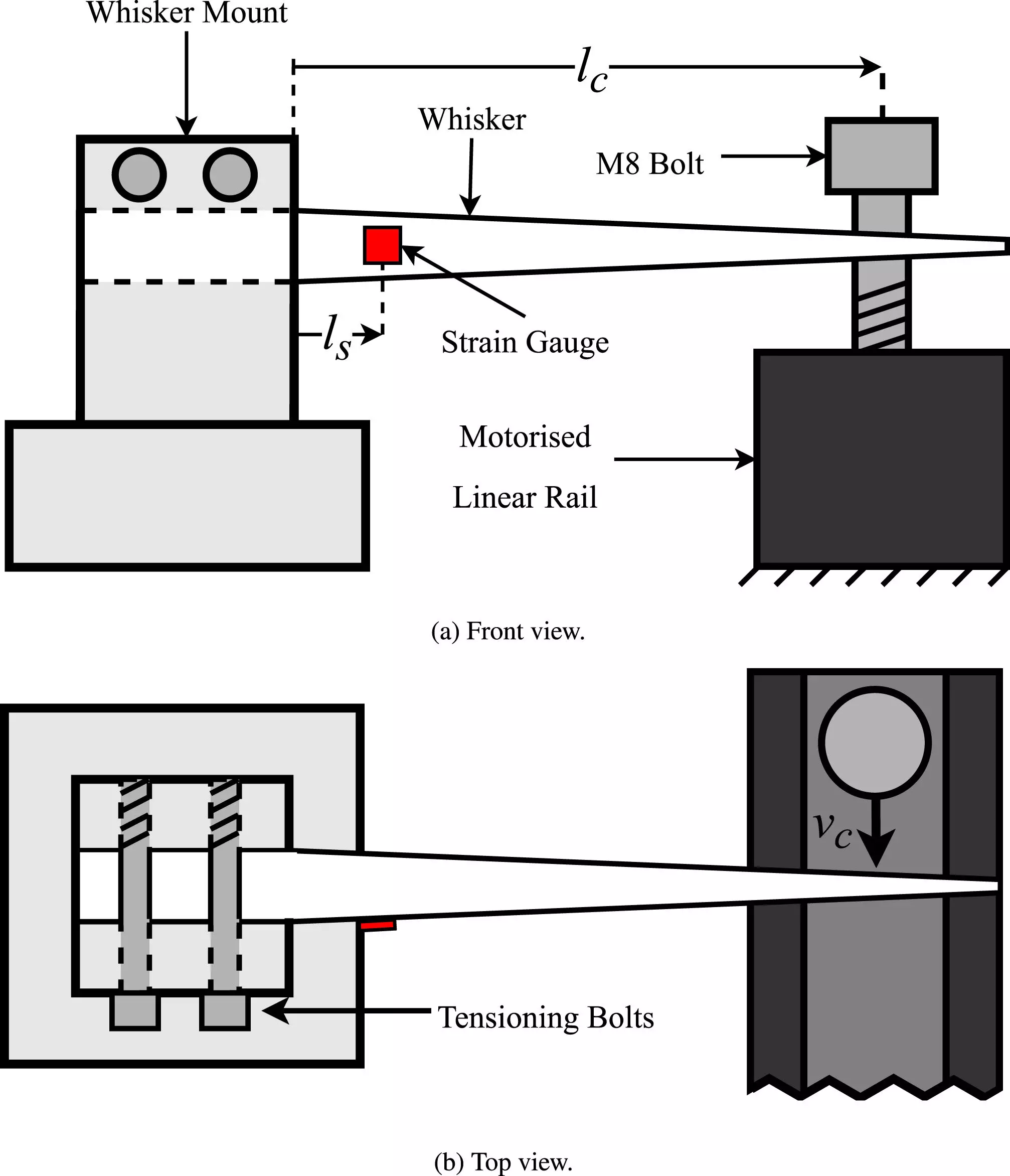Robots are becoming increasingly common in both workplace and domestic settings, with advancements in technology allowing them to perform a wide range of tasks. However, there are still limitations when it comes to robots navigating confined or cluttered spaces. Traditional sensors like lasers and cameras have blind spots that may prevent robots from detecting objects in close proximity. This is where the concept of ‘whiskers’ inspired by animals like rats comes into play. Researchers at Flinders University are working on developing affordable, flexible, and highly responsive whiskers that can be attached to robots to provide them with additional tactile abilities.
One of the key advantages of using whiskers as sensors on robots is their ability to overcome the limitations of traditional sensors. Whiskers can detect objects in close proximity that may not be visible to cameras or range-finder sensors. By mimicking the natural properties of animal whiskers, these electro-mechanical whiskers can provide robots with the ability to ‘touch’ and interpret the weight of objects they come into contact with. This allows robots to potentially move obstacles out of their path and avoid damage, ultimately enhancing their navigational capabilities in various environments.
Researchers at Flinders University are focused on optimizing the design of these electro-mechanical whiskers to ensure the best possible performance. By using mechanical beam theory, they are working on developing an optimal whisker shape that will allow robots to accurately sense and interact with their surroundings. This research aims to create a system where robots can effectively map their tasks and visualize movement in their operating range, ultimately advancing their overall capabilities.
Associate Professor Russell Brinkworth, an expert in Autonomous Systems, is dedicated to bridging the gap between robotics research and practical applications. By developing artificial systems that can adapt to different environments, Professor Brinkworth and his team are working towards creating robots with sensory perception similar to human fingertips. This level of tactile feedback would enable robots to assess the weight, shape, and type of objects in their surroundings, enhancing their overall functionality.
The development of electro-mechanical whiskers for robots represents a significant advancement in the field of robotics. By drawing inspiration from nature and leveraging mechanical engineering principles, researchers are paving the way for robots with enhanced sensory perception and navigational capabilities. As this technology continues to evolve, we can expect to see robots that are better equipped to handle complex tasks in a variety of environments, ultimately bringing us closer to a future where robots seamlessly integrate into our daily lives.



Leave a Reply